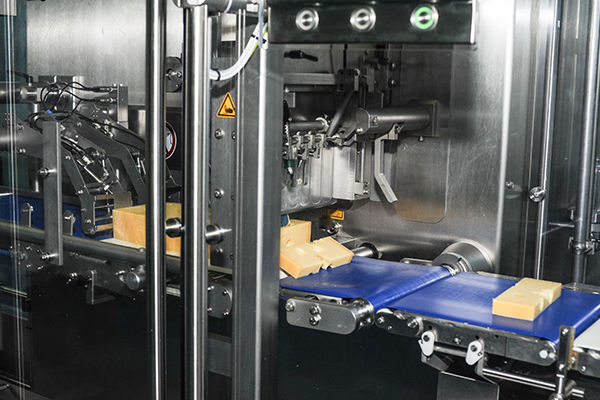To implement functional safety, machine designers need to perform a risk assessment. This involves determining the probability of harm (the frequency and/or degree of exposure) and the potential severity of harm (slight or serious) if an incident should occur. These assessments, combined with an analysis of the technical and human possibilities for avoiding possible harm, provide a basis for specifying safety requirements.
These requirements are generally categorized either by the Safety Integrity Level (SIL) system under IEC 61508 or the Performance Level (PL) system under ISO 13849. Machine engineers or their consultants determine the appropriate SIL or PL level required to reduce risk to acceptable levels for each safety function.
Machine builders that are new to this process sometimes default to the highest safety levels (SIL3 or PLe), but for most industrial machines this leads to unnecessary complexity and expense. That’s why an accurate risk assessment is important.
Once SILs or PLs have been identified for each safety function, these functions can be designed and validated to achieve their intended performance characteristics. In the EU, the complete system must be certified by an appropriate notified body, such as TÜV. Finally, functional safety audits should be conducted to ensure that appropriate safety lifecycle management techniques are applied consistently and thoroughly at each relevant stage throughout the product lifecycle.
SafeMotion Simplifies Functional Safety
Implementing functional safety doesn’t need to be overcomplicated. Kollmorgen’s next-generation AKD2G drives offer a full set of 100 percent drive-resident SafeStop, SafeSpeed and SafePosition options—16 functional safety features in all. With drive-resident functional safety, there’s no need for external solutions that depend on complex integration between the controller, safe PLC and drive.

To provide just two examples, the SLS–Safe Limited Speed function can be used to clean a food packaging machine more efficiently and thoroughly, without stopping the machine. The SDI–Safe Direction function can increase metal forming throughput by preventing dangerous movements when an operator breaks the light curtain, rather than forcing a shutdown of the press brake.
Watch our on-demand web session to learn about 10 commonly used SafeMotion functions.
In addition to simplifying machine design, drive-resident SafeMotion functions can also simplify safety testing. For example, in a machine that achieves a SIL2 or higher rating in part by using a brake motor to hold a vertical load, there needs to be a method for testing the electromechanical braking system to ensure that it prevents the load from falling when the machine is unenergized. The SafeMotion SBT–Safe Brake Test function incorporates this testing capability, so you don’t have to engineer an external process—including circuitry, components, error notification method and more—in order to perform the testing externally. Everything is already done for you, on the drive.
SafeMotion helps you achieve the component-level capabilities and ratings you need to achieve the SIL or PL level you have arrived at through your risk assessment process and that you are engineering into your machine. And, as always, you can rely on Kollmorgen co-engineering expertise to help meet all your motion performance goals, from your functional safety specifications to product quality and throughput, machine uptime, and more.
kollmorgen.com






 Power Transmission Engineering is THE magazine of mechanical components. PTE is written for engineers and maintenance pros who specify, purchase and use gears, gear drives, bearings, motors, couplings, clutches, lubrication, seals and all other types of mechanical power transmission and motion control components.
Power Transmission Engineering is THE magazine of mechanical components. PTE is written for engineers and maintenance pros who specify, purchase and use gears, gear drives, bearings, motors, couplings, clutches, lubrication, seals and all other types of mechanical power transmission and motion control components.